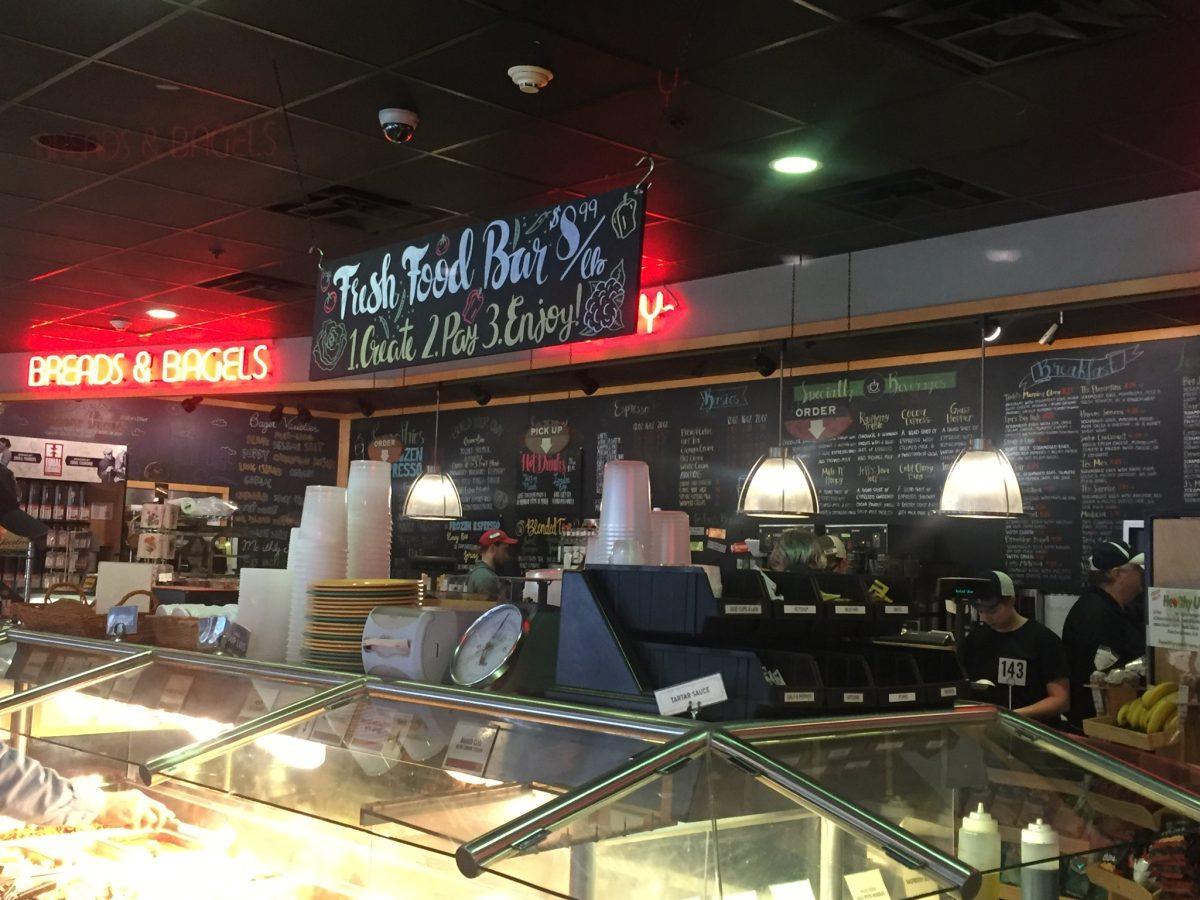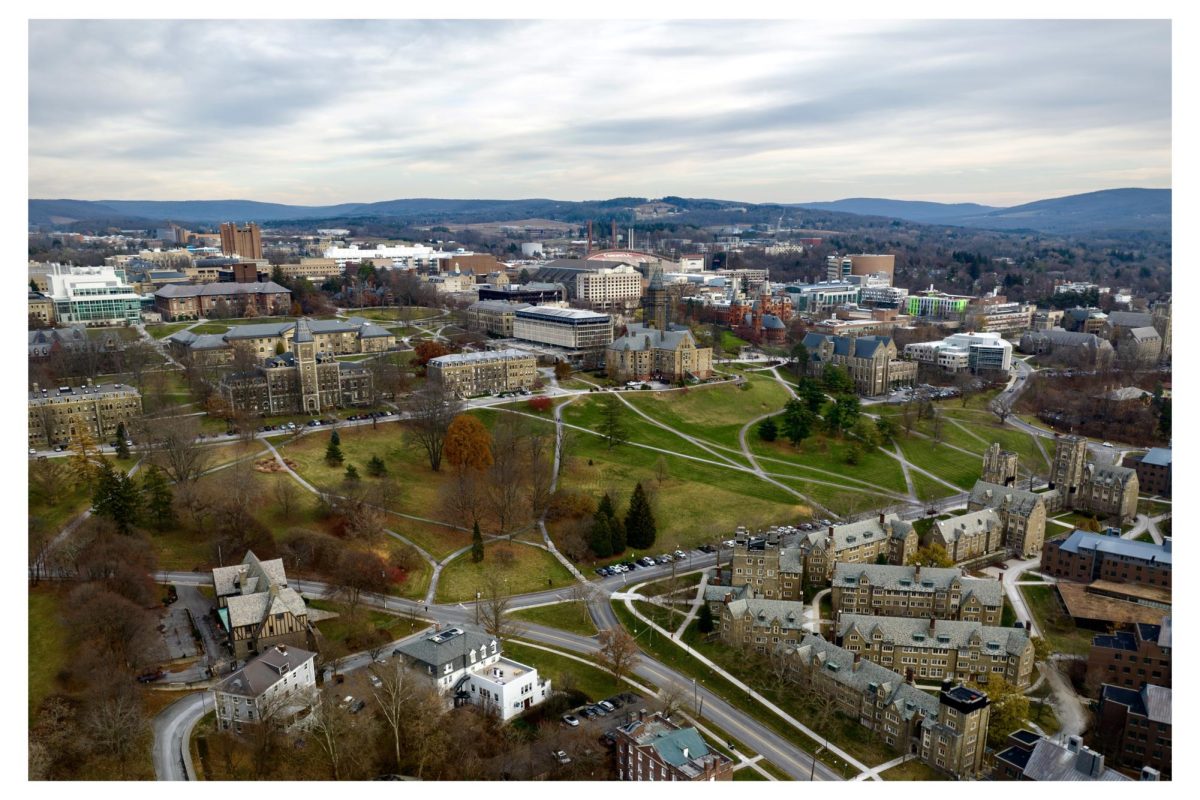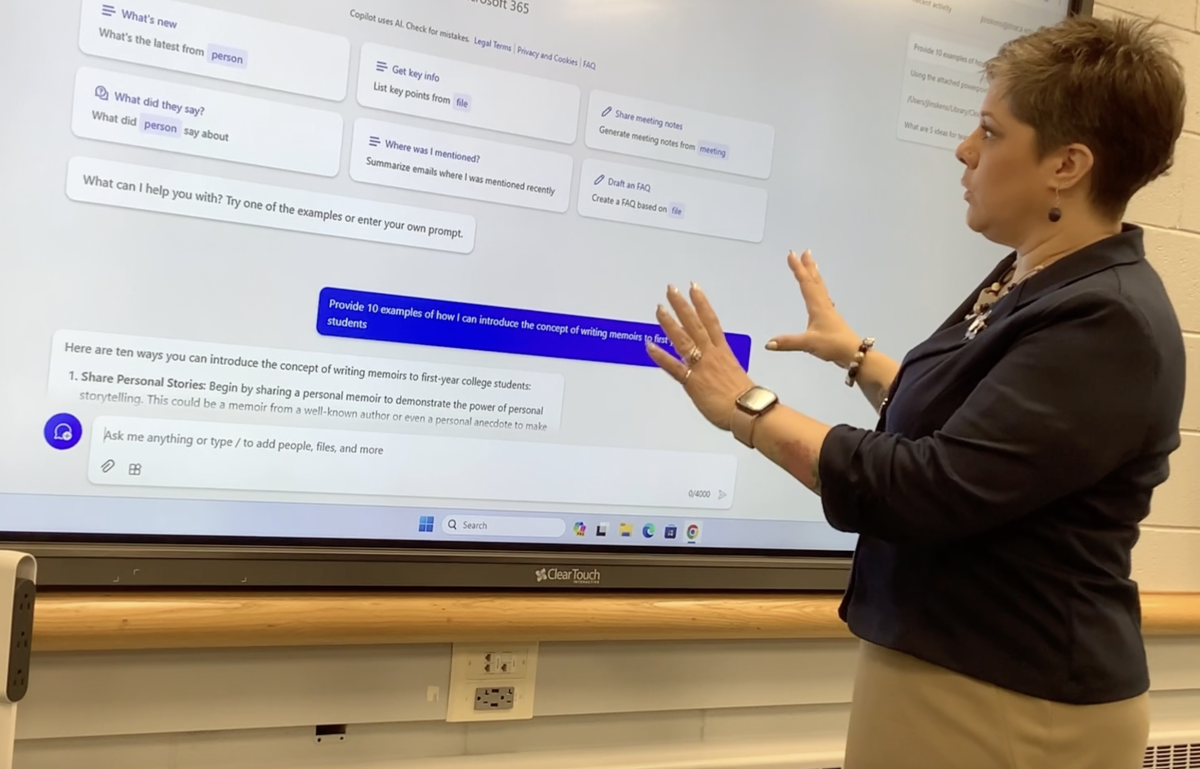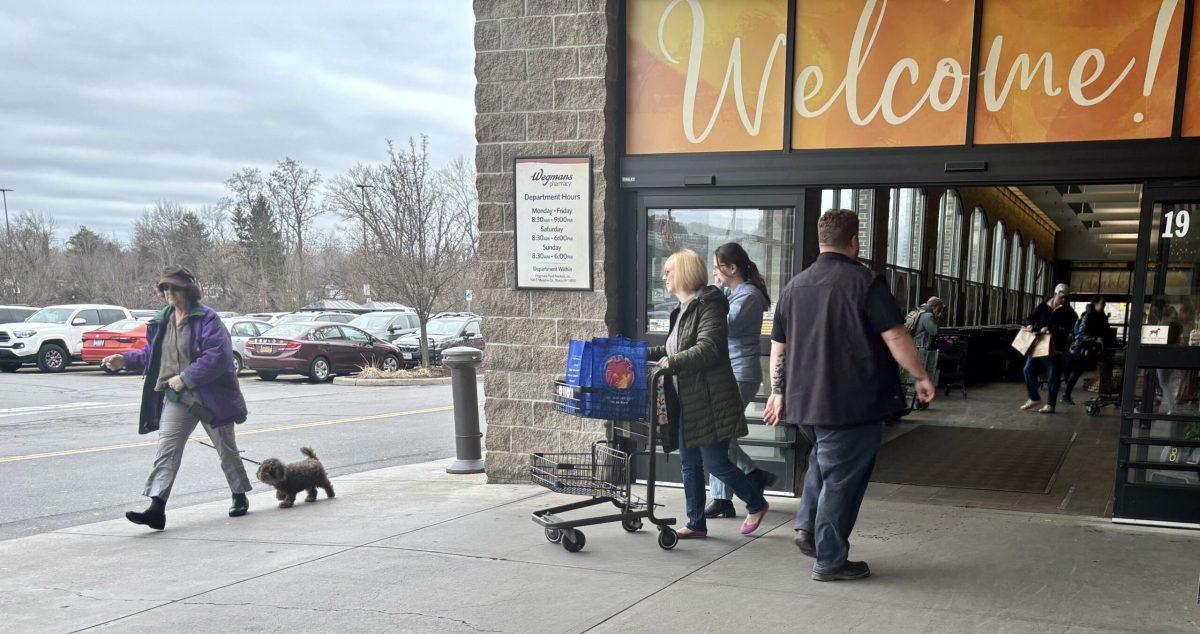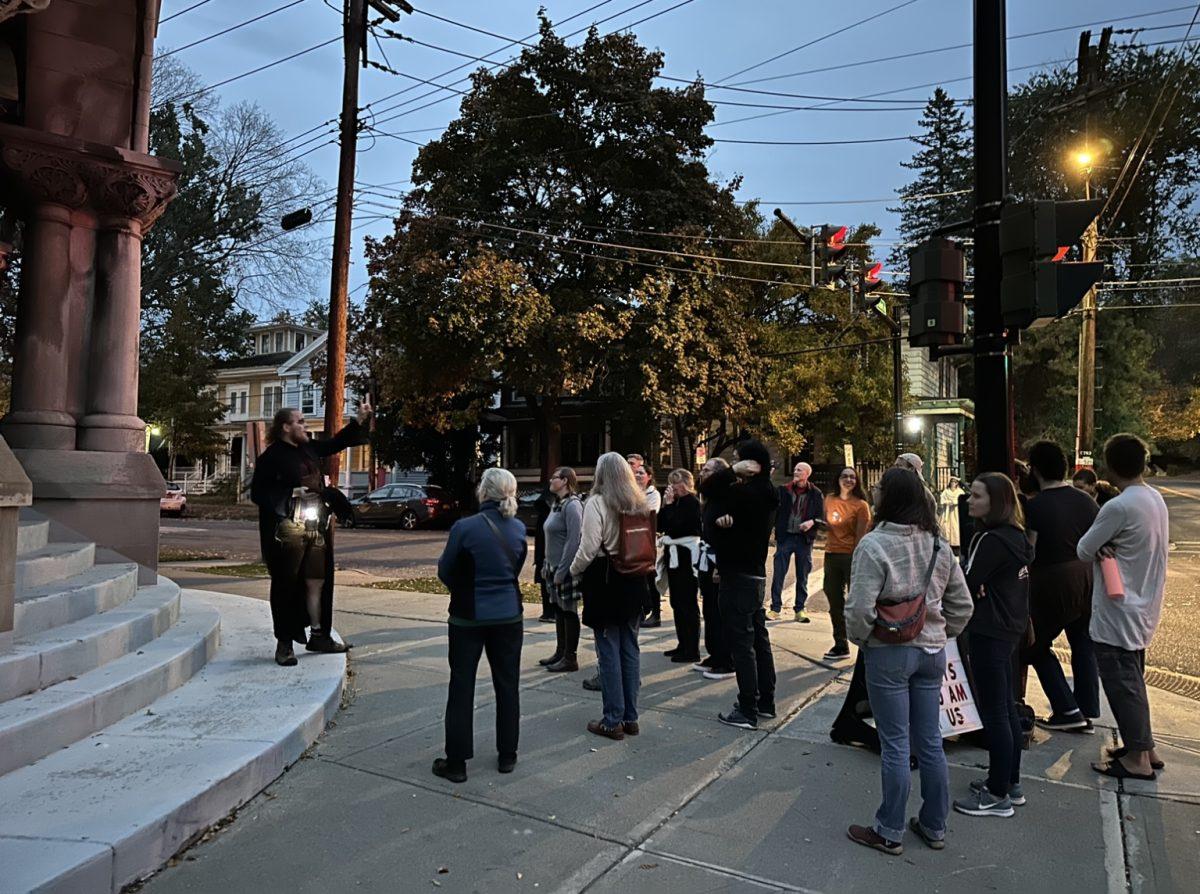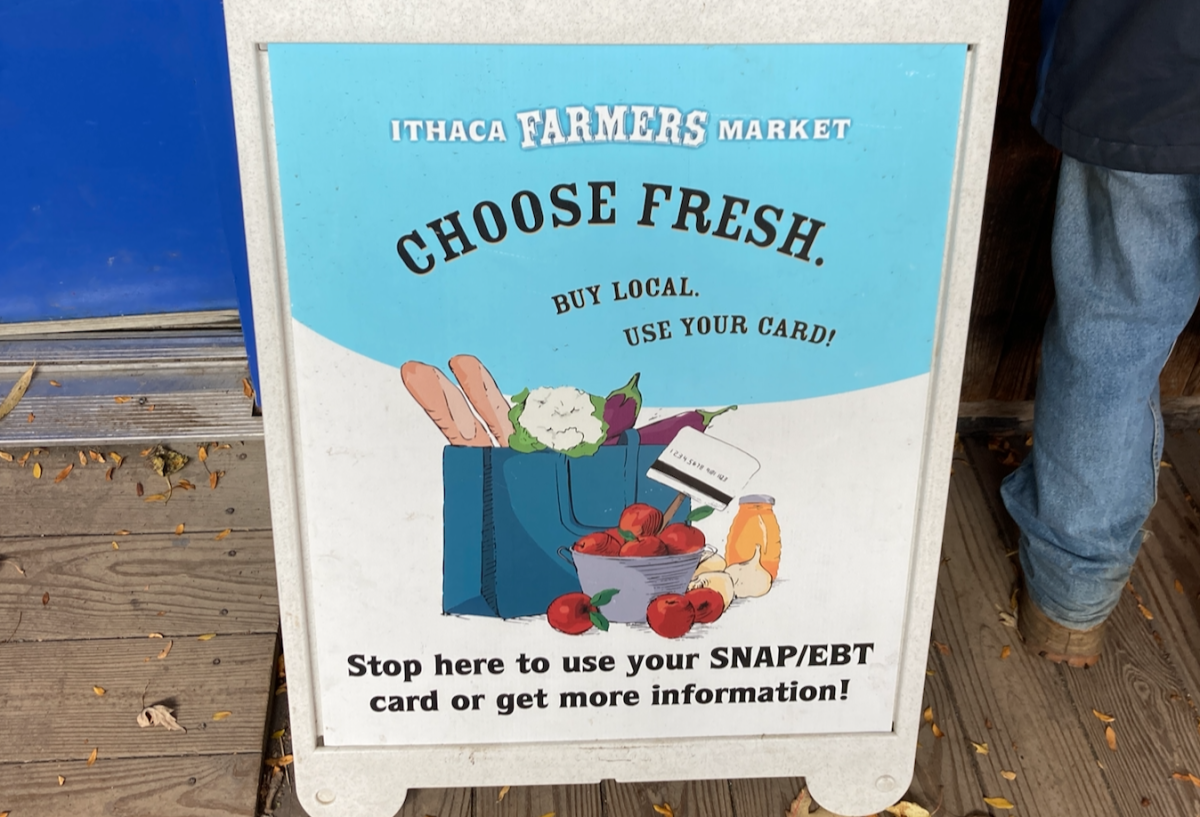Likes, shares and follows — social media has a lot of say in today’s day and age. Social media can be a useful promotional tool for restaurants. Most people check their social media at least a few times a day. If they see an enticing photograph or deal from a local restaurant, they may be intrigued enough to stop by.
Social media trends constantly change. It is important for restaurants to stay up-to-date with those shifts in order to best promote their business, said Vicki Taylor Brous, social media manager and co-owner of Agava Restaurant, Collegetown Bagels, Ithaca Bakery and Rulloff’s Restaurant.
“At one point, Facebook was most productive and so you only had to post to Facebook and then Twitter became more popular so we would set up Twitter accounts,” she said. “As Instagram gained a following, we switched and kind of made that a priority at these businesses.”
Social media promotion focuses heavily on visuals, said Vanessa O’Connor, senior at Ithaca College and a marketing and events assistant at Brous Consulting. Photographs and videos are eye-catching and dramatic. Posts that only have text are bland and unappealing to the audience, she said.
“Social media is great because it’s very visual,” O’Connor said. “We love seeing pictures of food. You just want to see this really good looking sandwich with eggs crawling out of it. If you see it, you’re immediately attracted to it.”
Many local Ithaca restaurants have food photoshoots, Brous said. For the photoshoots, the chef makes food or bartenders make cocktails the restaurant wants to promote. Then, the social media managers will set up lights and use cameras, or sometimes even drones and go-pros, to get the best shots possible for future promotional use. The restaurant staff also has to be competent enough to take useful photos as well, especially of specials, Brous said.
Steven Dayal, an Ithaca College graduate and former manager at Anthony’s Coal Fired Pizza in NYC, said when it comes to photos, vibrant yet simple photos are best.
“What works in my opinion is colors,” he said. “Complementary colors specifically. You don’t want too much on one post but you do want to make sure that it’s creative enough to catch the person’s eye.”
Everyone may be intrigued by visuals, but different demographics use different social media sites and different communication styles on those sites, Brous said. Depending on the time of day and day of the week, restaurants are geared towards a different clientele. Restaurants have to figure out a way to produce posts geared towards those different demographics. The younger demographics like hashtags, emoticons and abbreviations whereas the older demographic likes simpler posts, she said.
“We have to adjust everything, but also we create a balance within each restaurant and within each company,” Brous said. “Older people don’t understand hashtags or they don’t understand Snapchat filters or geolocations, they say that’s not their thing. So, we have to minimize the use of those when we’re targeting a post toward an older audience.”
Brous said she can boost specific posts on Instagram or Facebook for a small sum of money. She can spend as $5–10 to boost a post if she wants to get a small audience to see the post. However, the more money Brous puts into the post, the more people will see the post, she said.

Even if the post is not boosted, the restaurant will be able to see the statistics of the post and the business’ overall page, Brous said.
The photo above displays the analytics for Collegetown Bagels’ Facebook page from Feb. 3 to Mar. 3. Collegetown Bagels received 287 pageviews and their posts reached, or was seen by, 9,425 different Facebook profiles. 3,677 people clicked on, liked, shared or commented on Collegetown Bagels’ posts during this month; this is showed through who “engaged” with the business’ page. The photo also shows their five most-recent posts and each post’s own analytics. This section also provides Brous with the option to boost the posts.
There is no way for the restaurant to directly see how social media affects their business, O’Connor said. However, analytics and asking the customers when they go to the restaurant if they saw their social media promotions can help, she said.
“We can run a special for National Margarita Day, for example, we did some specials and were able to see an increase in the ordering of that particular special,” she said. “People were reporting whether they saw on Facebook that we were doing this two-for-one pitchers, so we see it measured in not only sales at the restaurant, but also people talking about it and making a thing about it, and then we compare that with the analytics of the post.”

